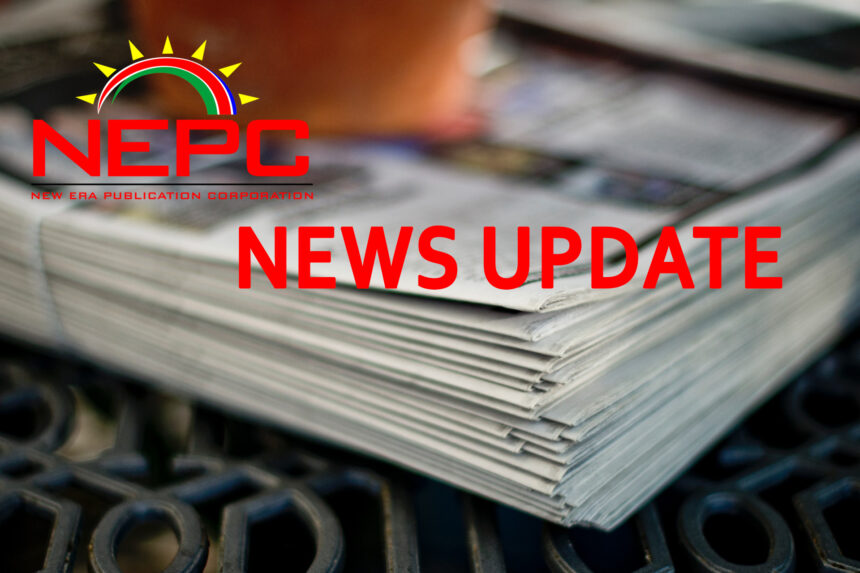Namibian hake is one of the most sought-after fish species in the world and has attracted interest from all over the world.
According to industry experts, the industry experienced tremendous growth over the past years, generating millions in revenue for government.
The Namibia hake trawl and longline fishery became the first in Namibia and the second in Africa to meet the globally recognised standard for sustainable fishing, set by the Marine Stewardship Council (MSC).
Chairperson of the Namibia Hake Fishing Association Peter Pahl shared some achievements of the industry, especially in the process of continuous value addition to the fishery.
According to Peter Pahl, the industry before independence believed that cutting, cleaning and packing the fish was indeed value addition.
“Initially, we only packed fish – but over the years, the value addition process, which is a very long process, changed into what we see today. We have added so much value and are catering to the needs of our clients – whether they want it portion size, skin on, loins only – to highlight a few,” he said.
However, he says value addition is a continuous process and the inquisitive nature and eagerness from industry players have made Namibian the preferred brand all over the world.
“I am prepared to say we are world leaders in this trade because we were always encouraged and pushed towards value addition and towards job creation. I think we are very successful at it,” Phal explained.
He is of the opinion that value addition simply means creating more Namibia or US dollar value per kilogramme of fish landed.
“Anything else, by cutting a fish or filleting it and getting less for it, doesn’t make sense. We are mastering it and getting better at value addition.
Pahl said seeing what overseas factories did, customer critique and specifications set the trend for value addition of the industry.
He said: “We are preparing samples, trying new products and convincing customers to take on new products daily. The world wants our fish and the more people who want it, the more value we can attach to it. The supply is price-driven”.
According to him, the demand for sustainable hake is growing, especially in Europe; thus, having MSC certification will also help the Namibian hake industry stay competitive and meet demand in our existing markets as well as expand into new markets where retailers and brands, preferentially stock MSC certified fish to meet their consumers’
expectations.


